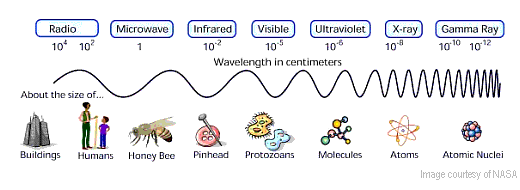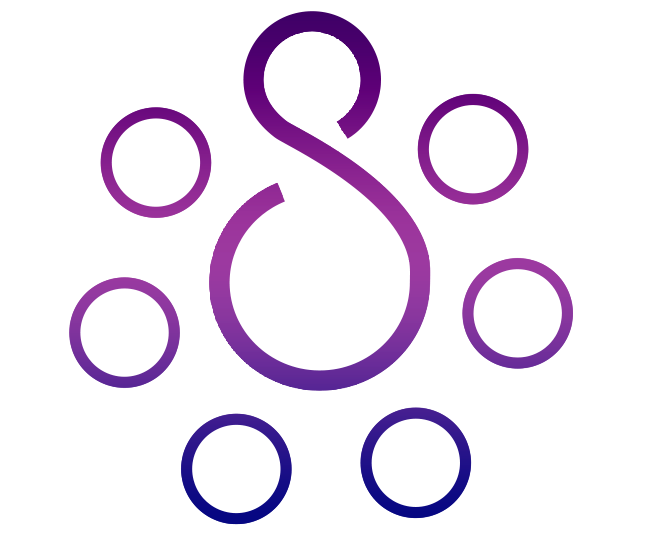The return of home delivery and the resurgence of street food and other confectioneries have prompted many sweet shop owners to use the ultraviolet (UV) light method to disinfect food products and destroy the virus. According to PGI physicians from the Department of Community Medicine and School of Public Health, the use of UV radiation on sweets, eatables, and other surfaces is completely safe. UV radiation is often utilized to destroy microorganisms. The use of UV light to disinfect food products and eliminate viruses has become more popular among sweet shop operators across countries, especially India. UV germicidal irradiation (UVGI), also known as UVC, is a disinfection method that uses short-wavelength UV light to kill or inactivate microorganisms by destroying their nucleic acids and disrupting their DNA, rendering them unable to perform vital cellular functions and stopping their replication. It is utilized in a range of applications, including food disinfection as well as air and water disinfection. A small number of research investigations have shown that UVC radiation is also efficient in killing coronaviruses on a variety of surfaces; however, the effectiveness varies depending on the surface’s roughness. Follow this article; we are going to explain the effect of UV light on food to kill the coronavirus.
What exactly is UV radiation?
UV radiation is defined as the component of the electromagnetic spectrum that lies between X-rays and visible light in the visible spectrum. When it comes to UV radiation, the most prevalent source is sunshine, which emits three kinds of UV rays in particular: ultraviolet A (UVA), ultraviolet B (UVB), and ultraviolet C (UVC). UVA photons have the longest wavelengths, followed by UVB rays and UVC rays, which have the shortest wavelengths, in that order. In contrast to UVA and UVB rays, which are transmitted via the atmosphere, the Earth’s ozone layer absorbs all UVC and some UVB rays. The vast majority of UV radiation that you come into contact with is UVA rays, with just a trace amount of UVB rays present.

The effects of UV light on food
UV light devices are now being used in a large number of sweet stores and retailers. What exactly is it, and how beneficial is it? Do they have any effect on the virus?
Many scientists say that UV radiation is normally used to kill microorganisms. Furthermore, UV-C, also known as UVGI, is a disinfection method that uses UV light to kill or inactivate microorganisms by destroying their nucleic acids and disrupting their DNA, rendering them incapable of performing vital cellular functions and inhibiting their replication. It is utilized in a range of applications, including food disinfection as well as air and water disinfection. Only a few research studies have discovered that UVC radiation is also effective in killing coronaviruses on various surfaces, but the effectiveness varies depending on the surface’s texture. UVC radiation is also effective in killing coronaviruses on various surfaces. Scientists, on the other hand, say that although the technology of UV light on food is effective, it is also expensive, and many people cannot afford it.
The UV rays are beneficial on a variety of surfaces. What foods, including freshly prepared foods, vegetables, and fruits, do they benefit from their use? Can they guarantee safety to the level that they claim to?
They are beneficial for smooth surfaces, such as the surfaces of certain vegetables, which are rough and where the viruses might hide. Because UVGI is commonly used in the food business for disinfection and has been shown to be very successful in eradicating different pathogens such as E. coli, Listeria monocytogenes, and other pathogens on the surfaces of fruits and vegetables, they can work with cash, medication strips, and other such items. It is possible that this technology could be effective in the treatment of coronavirus on eatables, although complete removal of the virus will be difficult owing to the differences in texture and roughness of the surfaces of various eatable products. This method may be the application of UV light on food, an ice cream box, a cash box, or a candy box. However, it will not disinfect other veggies such as cauliflower or any other rough surface. As a result, we must also guarantee that other hygienic measures are followed.
Related Article: Why We Need UV-C Disinfection


Both UV sanitization and modified atmospheric packaging are being used by large sweet store operators. What exactly is MAP?
In order to avoid losing their customers due to the virus being carried on sweet boxes and eatables, sweet shop owners have used this UV Ray mechanism and MAP to protect themselves from losing business in India. Sugar and namkeen makers in Mumbai, as well as the General Secretary of the All-India Sweets Shop Association, have said that sweet store owners in different cities have used the mechanism of UV light on food to preserve their products. It has been adopted by many, and the installation of a UV chamber at the entrance of around 5000 sweet shops across the nation is now in the works. A UV channel is essentially a UV tunnel that allows customers to pick up their candy box or eatable after it has passed through the tunnel without having to deal with a salesperson.
The owner of a chain of Sindhi sweets in the area said that because of the widespread concern of viral outbreaks in the food business, they implemented UV sanitization and MAP procedures. Empty boxes are initially sent through the UV tunnel, and then they are sent through it again once the merchandise has been filled. Next, food-grade nitrogen is used to drain out any remaining air that may contain moisture before the product is sealed, therefore enhancing the shelf life without using any preservatives. For example, after being UV cleaned and MAP’d, Motichur ladoo, which normally has a shelf life of three days, may last up to 30 days, “says the author. Ahemedabad-based Gwalia Sweets’ Jay Sharma claims that his company was “one of the first to apply UV sanitization and MAP.” It is important for us to communicate to consumers that our goods are safe to eat.
Do these approaches have a monetary expense associated with them?
The mechanism of UV light on food is available in a variety of configurations, including hand-held devices and chambers. From 2000 rupees to 1.5 million rupees, you may get hand-held devices and chambers. It costs more than 25 million rupees to replace the whole system of both the UV sanitisation chambers and the MAP.
Is there anything that can be done in the situation of small vendors that cannot afford the mechanisms of UV light on food?
According to the physicians, the preparation is not a source of worry since most snacks, such as samosas, golgappas, and tikkis, are fried at temperatures well over 250 degrees centigrade, at which the virus cannot live and hence is not a source of concern. However, the manner in which it is handled is a severe source of worry since the paper, polythene, or box in which the vendor is packed may be contaminated with the virus. PGI physicians said that if a no-touch policy is observed after preparing the sweets, all of the sweets are entirely safe to ingest. It’s only that the cardboard box in which they are packaged, as well as the manner in which they are delivered to the consumer, might be hazardous. It is possible for a box to get infected, and the virus may live on it for 3–4 hours. Even if this is not the case, the sweets will be placed in the box by the salesman, and if they come into contact with any contaminated surface with their hands, even while wearing gloves, the sweets will get infected. “I’ll urge that, although the packaging may be visually appealing, clients should bring their own containers,” Dr. Goel said in this case.
Related Article: Does UV light kill viruses and germs?



What about golgappas? Do they count? Is it the most sought-after thing in Chandigarh at the moment?
“Golgappas are also fried, so that is not a problem; however, the potato stuffing, which is done by the seller or when they plunge it in the spicy water, is a major source of worry.” Even if the seller wears gloves, there is no guarantee that you will not get the illness since the virus may adhere to the gloves if the vendor comes into contact with an infected surface. As a result, the contaminated gloves will do much more damage. Our advice is to avoid taking this item and to avoid packaging it immediately in polythene, “the physicians stated. Hand cleanliness is a major concern in these types of situations. Washing your hands is important for safety, but biting your nails may be dangerous as well. Because if the vendors’ nails are not correctly clipped, even if they wash their hands, they are putting themselves and others in danger. The infection is carried via the nails. According to the physicians, visible packaging should be used in conjunction with good cleanliness.
And what about the samosas and tikkis that are being brought to people’s homes?
Food products should not be packaged directly in polythene since the virus may persist for a longer period of time in polythene. It is also recommended to avoid using any kind of paper packaging. I recommend that if someone has a strong need for it, they bring their own containers or use their own tissue paper, which will be safe, “Dr. Khaiwal added. According to the physicians, if it is still necessary to do so, dispose of the packet in which these goods are packaged outside your home and bring them inside.
How will cash be handled at these establishments for people who do not have the mechanism of UV light on food?
Additional Professor Ravindra Khaiwal said that the virus cannot be sustained for an extended length of time on currency. he recommend that individuals utilize cards. Although the swipe machine has been through numerous hands and is contaminated, the debit or credit card that is swiped may be cleaned since standard hand sanitizers work effectively on plastic surfaces,”he said. The physicians went on to say that there is no proof that hand sanitizers work on currency. However, if individuals are forced to use currency, I recommend that they keep it in their wallet or a locked box for at least two hours and clean their hands promptly before touching their nose, mouth, or any other surface.

